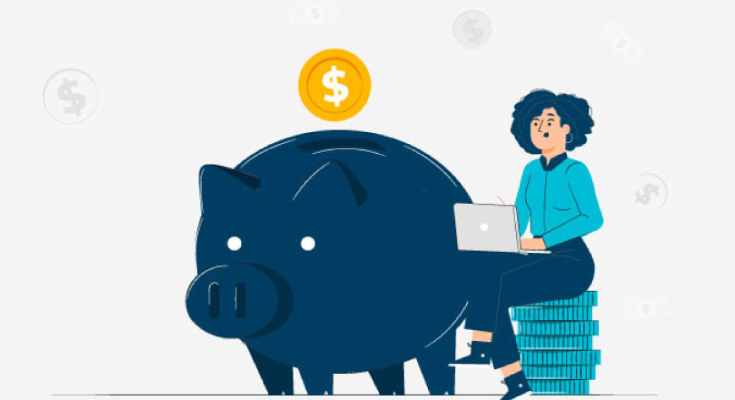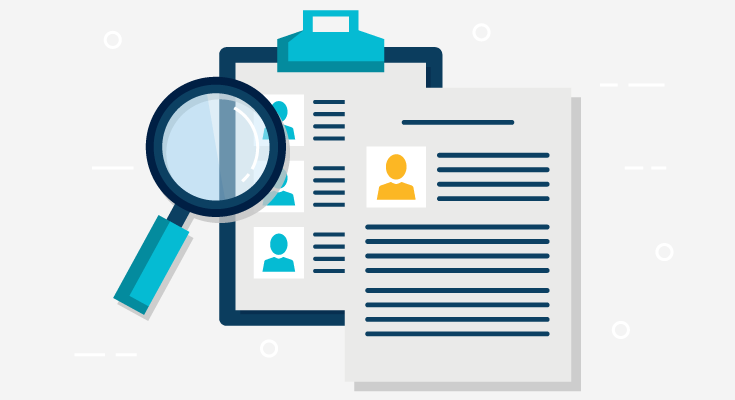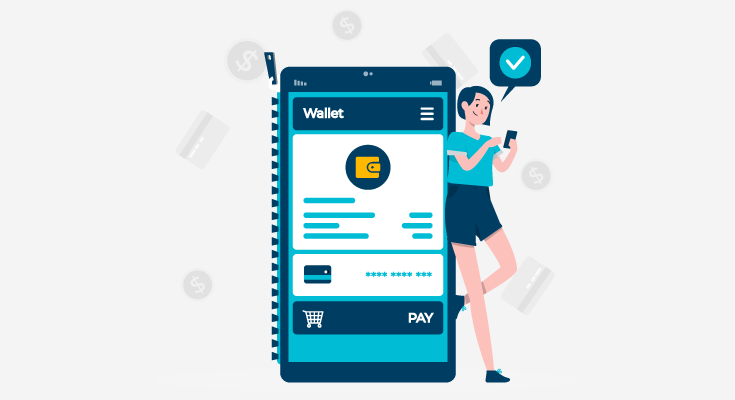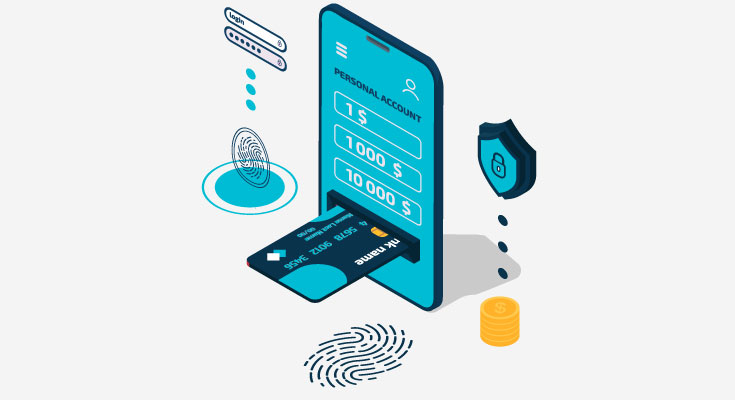Small businesses of today aren’t like the old days, limited to a particular market. Today’s small to medium-sized businesses (SMB) are evolving and leveraging emerging technologies to keep up with the giants. While some businesses are still stuck with old and traditional methods for customer acquisition, capital access, and more. Businesses using digital apps and services have a clear advantage.
More and more consumers are now using open banking-powered solutions to handle their finances, save time, and save money. So, it makes sense for SMBs to also jump on the open banking bandwagon. This helps SMBs to cater to consumers’ needs and understand their demands. In this increasingly digital world, any SMB that’s capable of providing a unique yet tailored customer experience wins the race.
The crisis brought forth by the pandemic in the last two years has forced SMBs to ride the financial technology wave. A study conducted by Mastercard named the Rise of Open Banking, highlighted the rising costs and newer methods for customer acquisition and other important factors for SMBs.
The new and easier access to technology has led to an encouraging trend, SMB owners have been quick to adopt digital tools to fund, manage, and promote businesses. According to a finding in Mastercard’s study, 9 out of 10 small business owners consider themselves heavy FinTech users. Their use is both personal and commercial.
Some other important pointers from the research include:
- 80% of SMB owners started using digital channels for loan applications in the last 2 years.
- 84% claim that technologies make them feel better while applying for loans.
- 64% have received some kind of business loan using digital means.
The adoption of digital channels is higher than consumer numbers. SMB owners need to generate enough business to stay afloat so they’re more than happy to adopt technologies. They’re accustomed to adopting market conditions.
Digital Transformation is Solving SMB Challenges
The Covid-19 pandemic forced businesses all over the globe on how they operate. Banking, finance, investing, savings, and several other parts of the financial industry have gone digital. Technologies are changing how businesses conduct their day-to-day activities.
Doing businesses from home or while traveling has become super easy. Small business owners are taking advantage of every possible beneficial technology available to them. They’re also one of the most FinTech-heavy businesses, regardless of the industry.
While business owners are learning how to adapt and adjust to uncertain and changing regulations. Some concerns that every SMB owner has in their mind are:
1. Inflation
The rising costs of almost everything are the first and foremost concern for small business owners. With this year’s record-breaking price hikes, businesses have to find new solutions to cut down costs and remain profitable. 47% of owners claim that rising costs are their biggest concern. Consumer-focused industries such as restaurants, and retail have it even tougher to stay profitable.
2. New Customer Acquisition
39% of SMB owners say that acquiring new customers is the biggest pain point. Professional services businesses were more urgent about new customers. 49% of SMB owners say that finding new customers is their day-to-day concern.
3. Hiring Skilled Employees
Pandemic-related challenges quickly changed the employment landscape quickly and drastically. 35% of all employers are having trouble finding skilled employees in this new landscape of hiring.
4. Managing Operations
27% of owners said that efficient tools and systems to manage operations are one of the biggest challenges for them.
Open Banking Innovations – Improving Speed, Efficiency, and Personalization
Over 80% of SMB owners want faster, easier access to capital. This is why they’re more than ready to partner with FinTech for customized, and agile funding solutions. Almost all SMB owners heavily rely on credit cards, and 81% of owners are interested in business loans that meet their requirements perfectly. Over 60% of small business owners require loans to keep surviving in the market.
Faster payments are also something that SMB owners look forward to. To streamline the payment processing experience for customers, Small business owners use Open banking tools. They leverage digital wallets, cryptocurrency, and other FinTech tools.
Connecting accounts to manage businesses’ finances provides the opportunity to give personalized insights. It also adds convenience for SMB owners wanting to streamline the way to handle business operations such as banking, invoicing, managing cash flow, and paying bills.
SMB Open Banking Adoption is Going Strong
SMB owners are using open banking innovations to better handle their finances. By integrating open banking into their operations, they’re creating a smoother, and easier-to-handle workflow.
Open banking can streamline linking accounts, payment processing, customer onboarding, bank account verification, and other parts of a business.
Owners are linking their financial accounts with open banking solutions to gain a competitive edge above their competitors. 85% of SMB owners are looking for solutions that can be customized according to their business needs.
Feeding intelligent, and quality data in financial management tools is giving businesses the edge they need for growing in this changing environment. Paying and getting paid becomes faster and more efficient.














